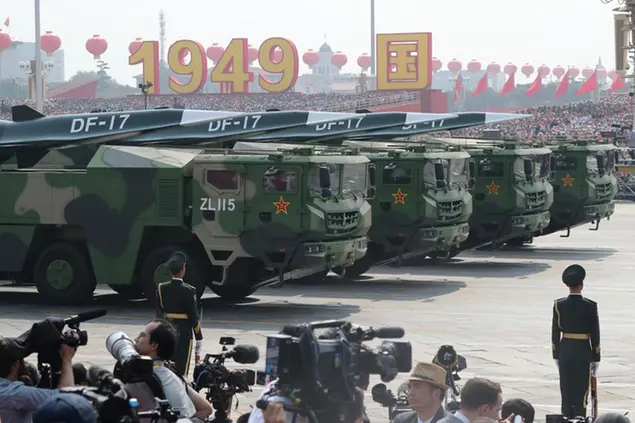- Il capo di stato maggiore degli Stati Uniti ha definito il test cinese di un missile “ipersonico”, rivelato nei giorni scorsi dal Financial Times, un «momento Sputnik”.
- “Ipersonici” sono tutti i missili in grado di volare a velocità comprese tra Mach 5 (6.125,22 km/h) e Mach 10 (12.250,44 km/h). Sono progettati per partire da aerei, navi, rampe mobili e basi di lancio spaziali. La Cina li ha mostrati al mondo nel 2019.
- Il budget del Pentagono per gli “ipersonici” è in costante aumento (2,6 miliardi di dollari nel 2020, 3,2 miliardi quest’anno e 3,8 miliardi per il 2022).
La folle corsa dei missili ipersonici di Cina e Stati Uniti

01 dicembre 2021 • 16:07Aggiornato, 01 dicembre 2021 • 20:08